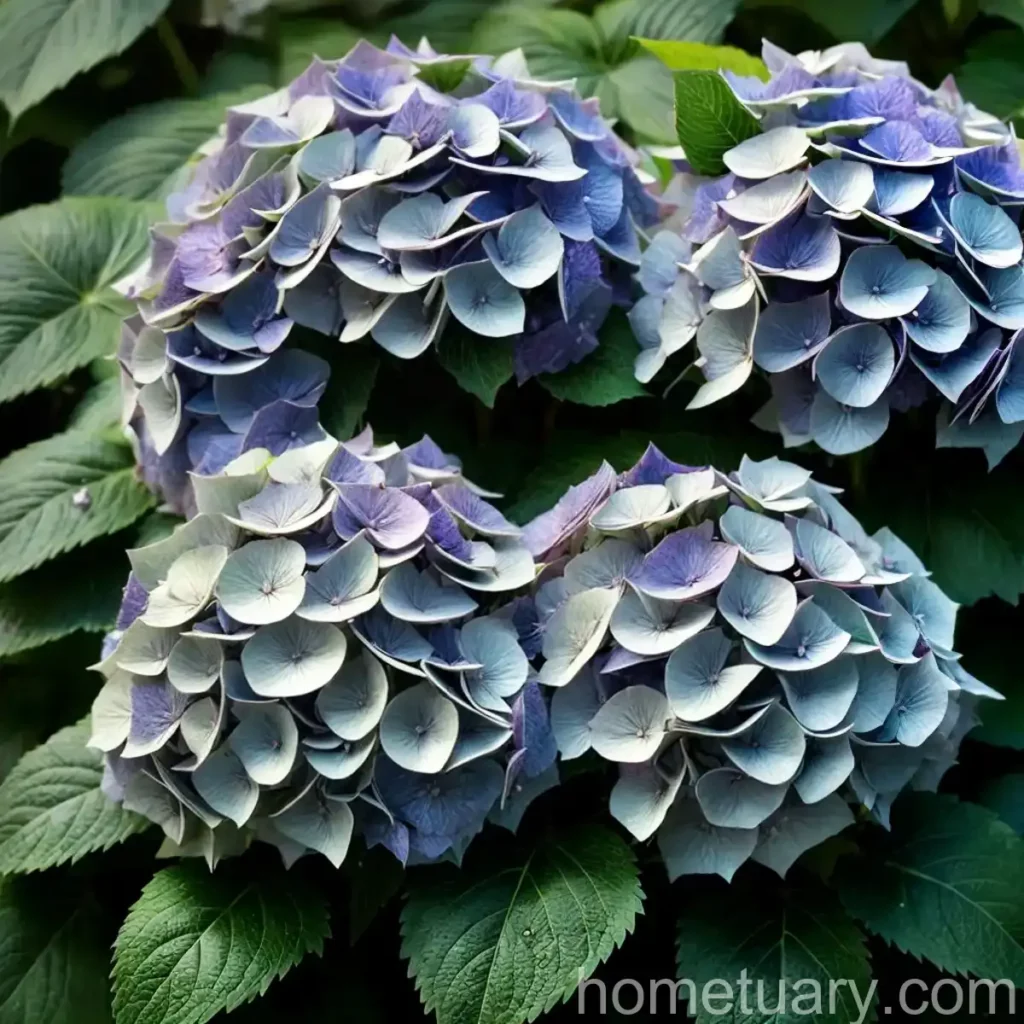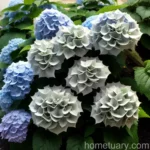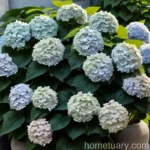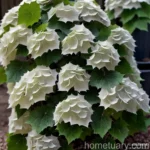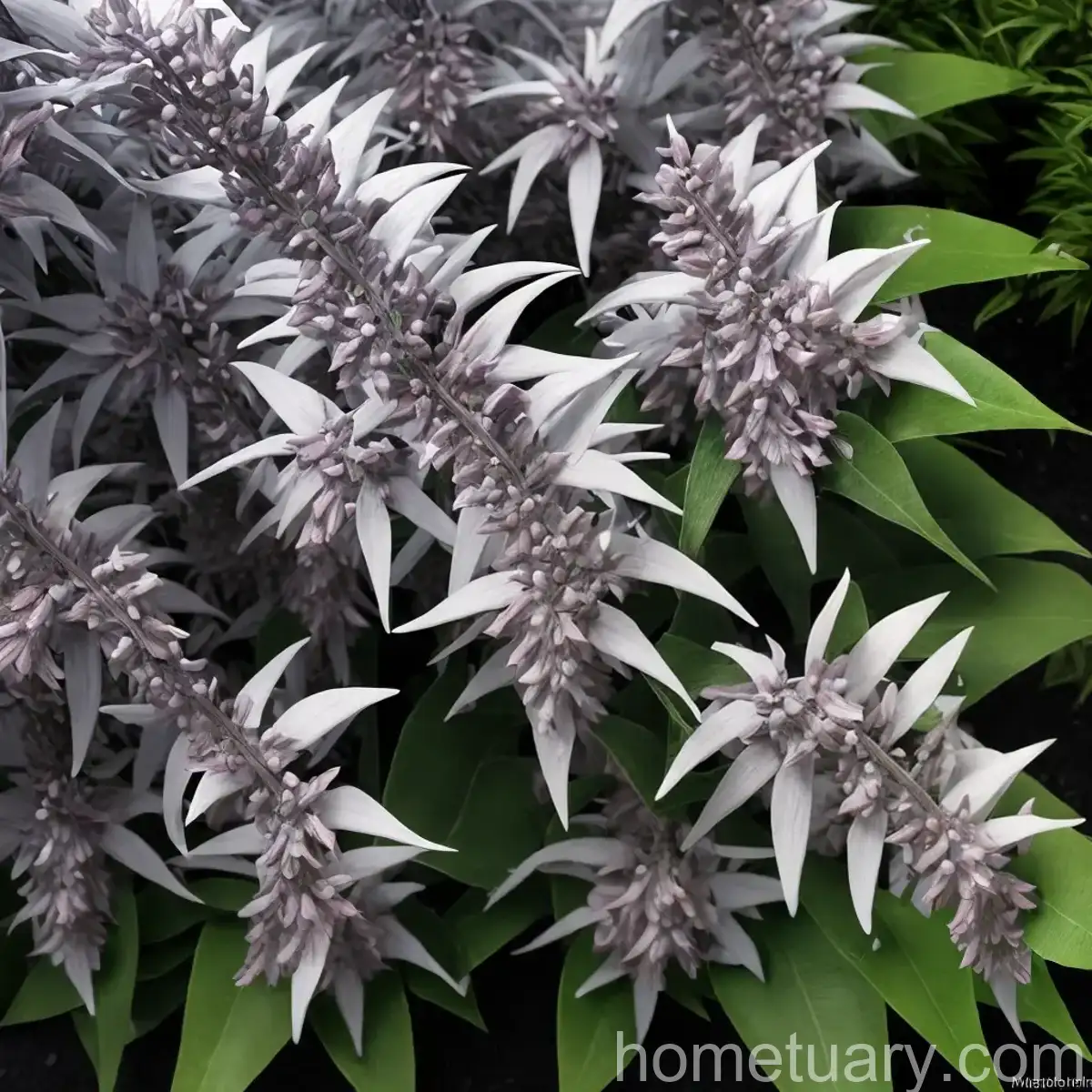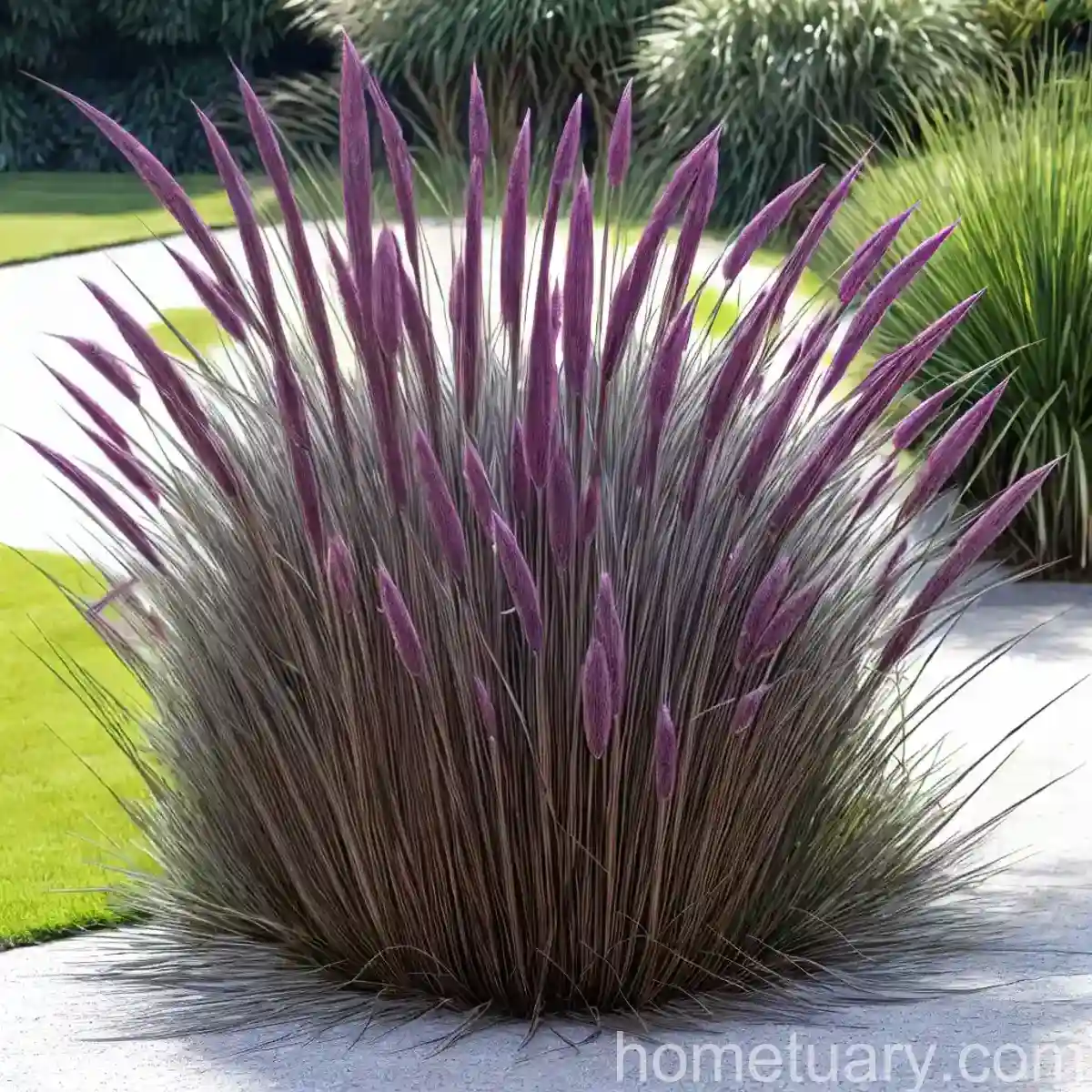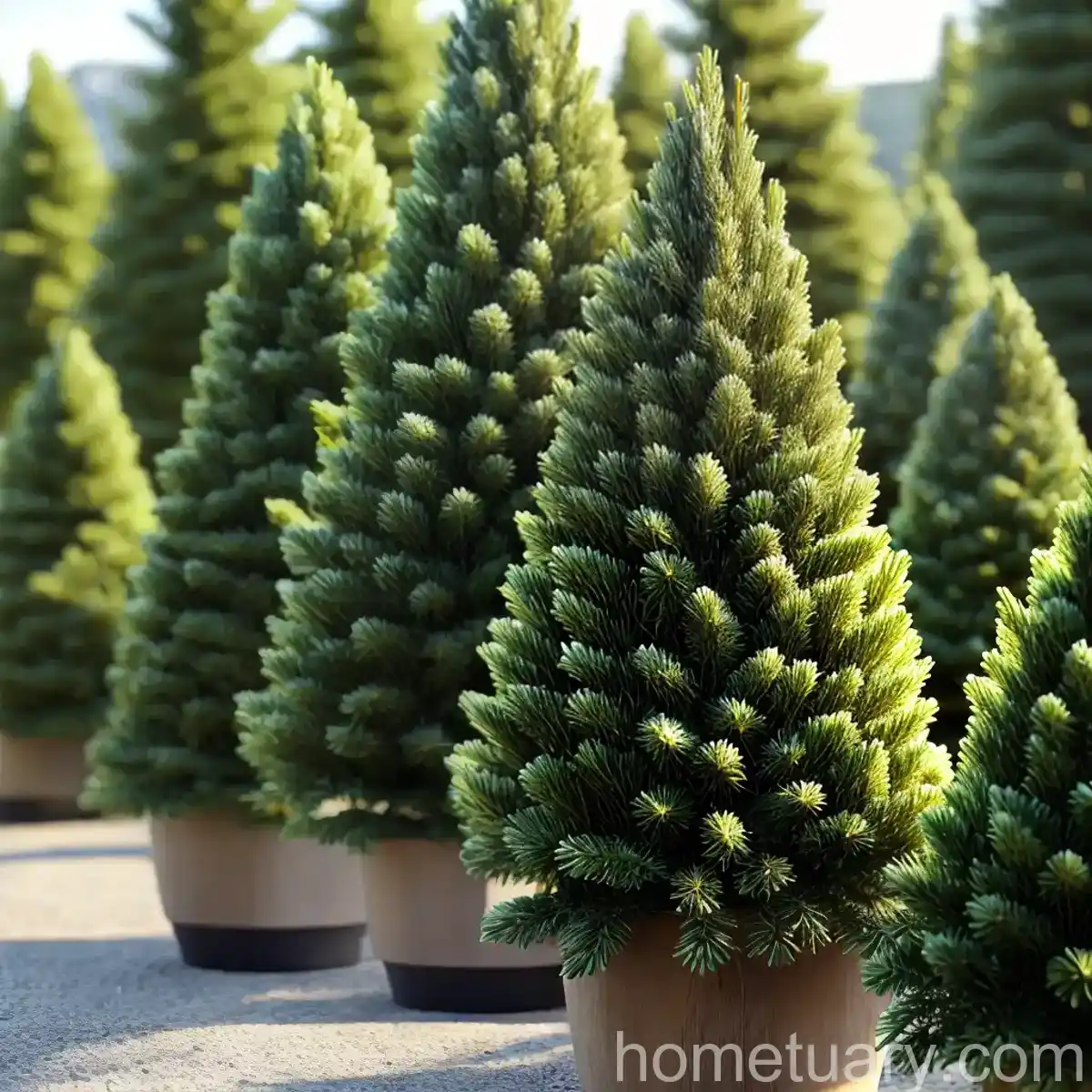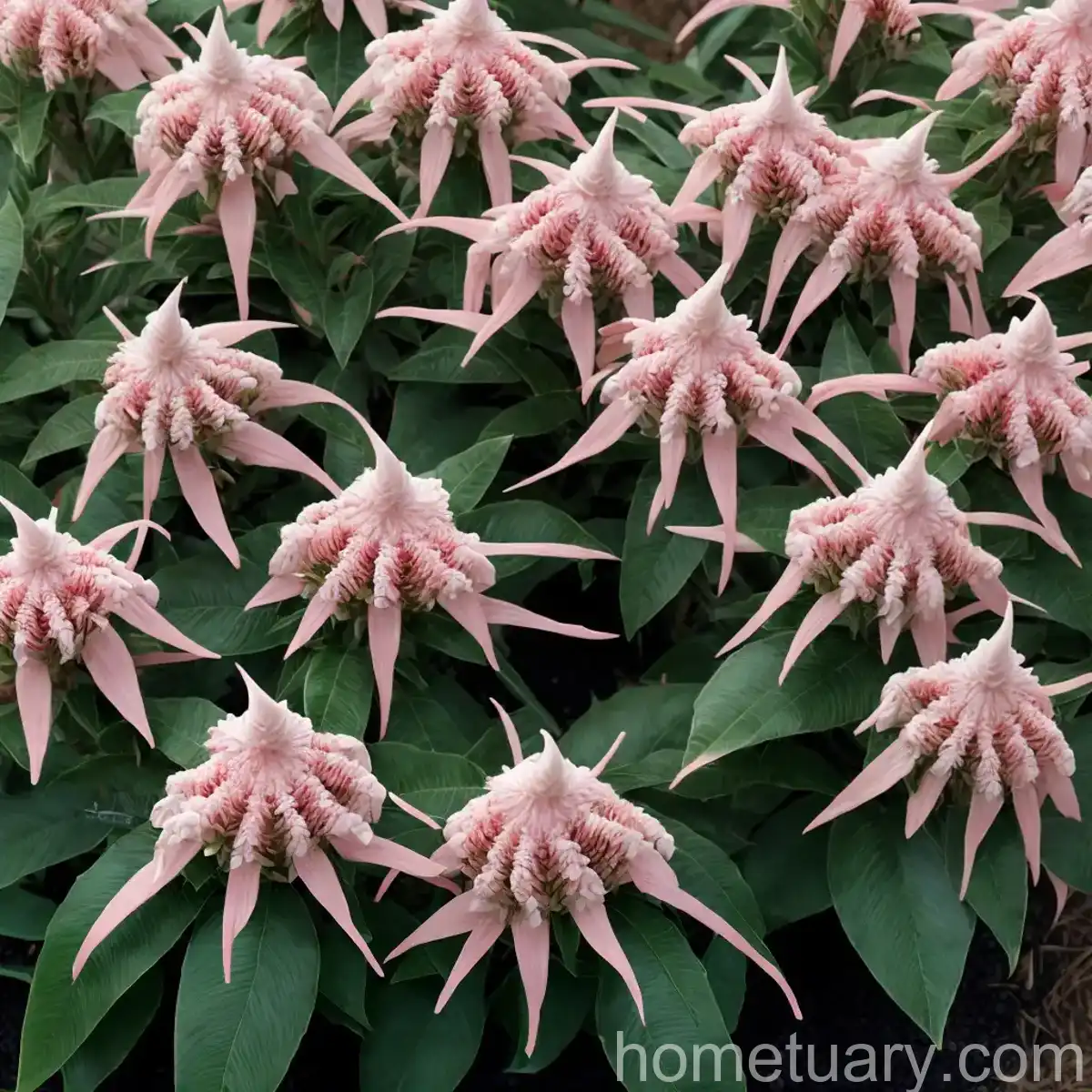The Fascinating World of Hydrangea (Hydrangea Serrata)
Introduction
Plant enthusiasts and gardeners are no strangers to the enchanting beauty of the hydrangea (Hydrangea serrata). This perennial flowering shrub has captured the hearts of many due to its stunning blooms and overall ornamental appeal. In this comprehensive guide, we will unravel the mystique and charm of hydrangea serrata, exploring its cultural requirements, uses, propagation techniques, and more. Let’s embark on a journey into the intriguing world of hydrangea serrata and discover the keys to nurturing and enjoying this remarkable plant.
What is Hydrangea Serrata?
Hydrangea serrata, commonly known as the mountain hydrangea or tea of heaven, is a species of flowering plant in the family Hydrangeaceae. Indigenous to mountainous regions of Korea and Japan, this perennial shrub is renowned for its exquisite lacecap or mophead inflorescences. The delicate lacecap blooms feature flattened clusters of tiny fertile flowers surrounded by large, showy sterile flowers, creating a visually striking display throughout the blooming season.
The leaves of hydrangea serrata are oval-shaped, serrated, and possess a lustrous green hue, adding to the plant’s overall allure. It typically thrives in acidic to neutral soil environments and is favored for its exceptional adaptability to various landscape designs, making it a beloved choice for both casual gardeners and seasoned horticulturists.
Key Takeaways – Hydrangea (Hydrangea Serrata)
Culture
- Origin: Indigenous to Korea and Japan.
- Blooms: Lacecap or mophead inflorescences with showy sterile flowers.
- Foliage: Oval-shaped, serrated, lustrous green leaves.
- Soil Preference: Acidic to neutral soil environments.
- Adaptability: Well-suited for various landscape designs.
Uses
- Ornamental Value: Renowned for its stunning blooms.
- Aesthetic Appeal: Adds charm to diverse garden settings.
- Versatility: Suitable for both casual and professional gardening.
Cultivation Practices
To ensure the successful growth and flourishing of hydrangea serrata, it is crucial to understand and implement the appropriate cultivation practices including watering, sunlight exposure, fertilizer application, soil requirements, and pruning techniques.
Water
Proper watering is essential for the health and vitality of hydrangea serrata. The plant generally prefers moist, well-drained soil and benefits from regular watering, especially during dry spells or periods of intense heat. However, it is important to avoid overwatering, as excessive moisture can lead to root rot and other detrimental conditions.
Sunlight
Hydrangea serrata thrives in partial shade to full sun conditions. While it can tolerate brief periods of direct sunlight, it generally performs best when provided with dappled sunlight or partial shade, particularly during the hottest hours of the day. Sustained exposure to intense sunlight may cause the plant to wilt or develop scorched leaves.
Fertilizer
Applying a balanced, slow-release fertilizer designed for acid-loving plants can significantly enhance the growth and blooming capacity of hydrangea serrata. The fertilizer should be administered according to the manufacturer’s recommendations, usually in early spring or late winter to support the plant’s nutrient requirements during its active growth phase.
Soil
Hydrangea serrata thrives in acidic to neutral soil with good drainage properties. Incorporating organic matter such as compost or peat moss into the soil can aid in maintaining an optimal pH level and improving soil structure. Regularly testing the soil’s pH is advisable to ensure it remains within the ideal range for the plant’s cultivation.
Pruning
Pruning is an important aspect of maintaining the health and aesthetics of hydrangea serrata. The timing and technique of pruning may vary based on the specific cultivar and the desired outcome. Generally, dead or damaged wood should be removed promptly, and selective pruning can be performed to shape the plant and encourage prolific blooming.
Propagation
Hydrangea serrata can be propagated through various methods including stem cuttings, division, and layering. Each propagation technique offers distinct advantages and can be employed based on the preferences and expertise of the gardener. Stem cuttings are commonly used and involve obtaining a section of the plant’s stem, typically from a healthy, mature specimen, and nurturing it until roots develop, leading to the creation of a new, genetically identical plant.
Container Popularity
Hydrangea serrata is well-suited for cultivation in containers, making it an exemplary choice for individuals with limited garden space or those interested in adding a touch of elegance to their patios, balconies, or indoor environments. When grown in containers, adequate care must be provided to ensure proper drainage, soil moisture, and overall health of the plant.
Common Diseases
Like many plants, hydrangea serrata is susceptible to certain diseases and infections that can impede its growth and vitality. Regular monitoring for symptoms of common diseases such as powdery mildew, leaf spot, and bud blight is necessary to promptly address any issues that may arise. Employing preventative measures such as proper spacing, adequate airflow, and vigilant sanitation practices can mitigate the risk of disease development.
Disease Diagnosis
Diagnosing diseases affecting hydrangea serrata involves identifying characteristic symptoms such as powdery white or gray spots on the leaves, circular lesions with dark margins, or browning and wilting of flower buds. Upon observing any unusual signs, it is advisable to consult with a gardening expert or seek guidance from local agricultural extension services to accurately diagnose the issue and implement effective management strategies.
Common Pests
Various pests including aphids, spider mites, and scale insects can pose a threat to hydrangea serrata. Regular inspection of the plant for signs of pest infestations such as stippled leaves, discolored foliage, or the presence of tiny insects is crucial for early detection and control. Utilizing natural predators, insecticidal soaps, or horticultural oils can help manage pest populations while minimizing harm to the plant and surrounding environment.
Botanist’s Tips
- Soil pH: Regularly test and adjust the soil pH to maintain optimal growing conditions.
- Pruning Wisdom: Employ strategic pruning techniques to enhance the plant’s aesthetics and promote vigorous blooming.
- Pest Management: Implement integrated pest management strategies to safeguard the plant from destructive insect infestations.
- Propagation Techniques: Explore diverse propagation methods to expand the repertoire of hydrangea serrata in your garden.
Fun Facts
- Color Transformation: The bloom color of hydrangea serrata can be influenced by altering the soil’s pH, leading to remarkable color variations.
- Cultural Significance: In Japanese folklore, hydrangeas are associated with heartfelt emotions and gratitude.
- Historical Uses: Certain parts of the plant have been used in traditional herbal remedies for their purported medicinal properties, adding an intriguing dimension to its allure.
Conclusion
In closing, the allure of hydrangea serrata transcends its captivating blooms, extending to its adaptability, elegance, and historical significance. Whether used as a focal point in a garden landscape, a charming container specimen, or a cherished component of floral arrangements, this remarkable plant continues to captivate and inspire. By understanding and implementing the fundamentals of its care, propagation, and disease management, we can cultivate and savor the resplendent beauty of hydrangea serrata, enriching our botanical pursuits and nurturing a deeper appreciation for the extraordinary world of plants.
References
- Royal Horticultural Society. “Hydrangea serrata.” https://www.rhs.org.uk/plants/42006/hydrangea-serrata/details
- University of Maryland Extension. “Hydrangeas: Selection, Planting & Care.” (2019). https://extension.umd.edu/hgic/topics/hydrangeas-selection-planting-care
- American Society for the Prevention of Cruelty to Animals (ASPCA) . “Hydrangea.” https://www.aspca.org/pet-care/animal-poison-control/toxic-and-non-toxic-plants/hydrangea

